More about Élisabeth Louise Vigée Le Brun
- All
- Info
- Shop
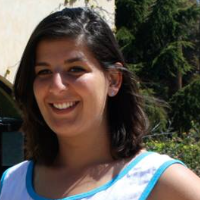
Contributor
Élisabeth Louise Vigée Le Brun was the daughter of a painter, so naturally her first teacher was her dad.
But when she was six years old she was sent to a convent where she remained for five years, and her father died shortly after. Her mom remarried and this time she married rich. They moved close to the Palais Royale, and Vigée was later patronized by a wealthy heiress, Louise Marie Adélaïde de Bourbon. In her early teens she was already painting portraits professionally, but her studio was seized because she didn’t have a license to paint…weird, right? Shortly after, she applied to the Académie de Saint Luc, made it in, and then married another painter. This painter-husband, by the way, was the great-great-nephew of Charles le Brun. Small world!
In 1780 Vigée Le Brun and her husband had a daughter, who they called Julie. Then, in 1781, she and her husband ditched the kid and toured Flanders and the Netherlands to learn new art techniques. #Priorities. In 1787 she painted a self portrait that was way scandalous because she was -- get this- - smiling with an open mouth. This was unconventional, thus unacceptable.
Vigée Le Brun also was commissioned by Marie Antoinette to paint portraits of the queen in amicable scenarios in order to boost the queen’s PR. In turn, Marie Antoinette was the one who helped Louise get accepted into the Académie. But when the French Revolution hit and the royals were captured, Vigée Le Brun had to flee the country with her daughter. She spent time in Italy, Austria, and Russia. In Russia she did a lot of portraits for the nobility, though there was some tension due to differences in aesthetics. She really made a life for herself in Russia --she got accepted into the Academy of Fine Arts of St. Petersburg and her daughter married a Russian Nobleman (which mama was not happy about).
Eventually, thanks to a campaign mostly sustained by her now-ex-husband, she was able to return to France. The moral of the story is? Sometimes it’s chill to stay friends with your ex.
Featured Content
Here is what Wikipedia says about Élisabeth Vigée Le Brun
Élisabeth Louise Vigée Le Brun (
French: [elizabɛt lwiz viʒe lə bʁœ̃]; née Vigée; 16 April 1755 – 30 March 1842), also known as Louise Élisabeth Vigée Le Brun or simply Madame Le Brun, was a French painter who mostly specialized in portrait painting, in the late 18th and early 19th centuries.
Her artistic style is generally considered part of the aftermath of Rococo with elements of an adopted Neoclassical style. Her subject matter and color palette can be classified as Rococo, but her style is aligned with the emergence of Neoclassicism. Vigée Le Brun created a name for herself in Ancien Régime society by serving as the portrait painter to Marie Antoinette. She enjoyed the patronage of European aristocrats, actors, and writers, and was elected to art academies in ten cities. Some famous contemporary artists, such as Joshua Reynolds, viewed her as one of the greatest portraitists of her time, comparing her with the old Dutch masters.
Vigée Le Brun created 660 portraits and 200 landscapes. In addition to many works in private collections, her paintings are owned by major museums, such as the Louvre in Paris, Hermitage Museum in Saint Petersburg, National Gallery in London, Metropolitan Museum of Art in New York, and many other collections in Europe and the United States. Her personal habitus was characterized by a high sensitivity to sound, sight and smell. Between 1835 and 1837, when Vigée Le Brun was in her eighties, with the help of her nieces Caroline Rivière and Eugénie Tripier Le Franc, she published her memoirs in three volumes (Souvenirs), some of which are in epistolary format. They also contain many pen portraits as well as advice for young portraitists.
Check out the full Wikipedia article about Élisabeth Vigée Le Brun

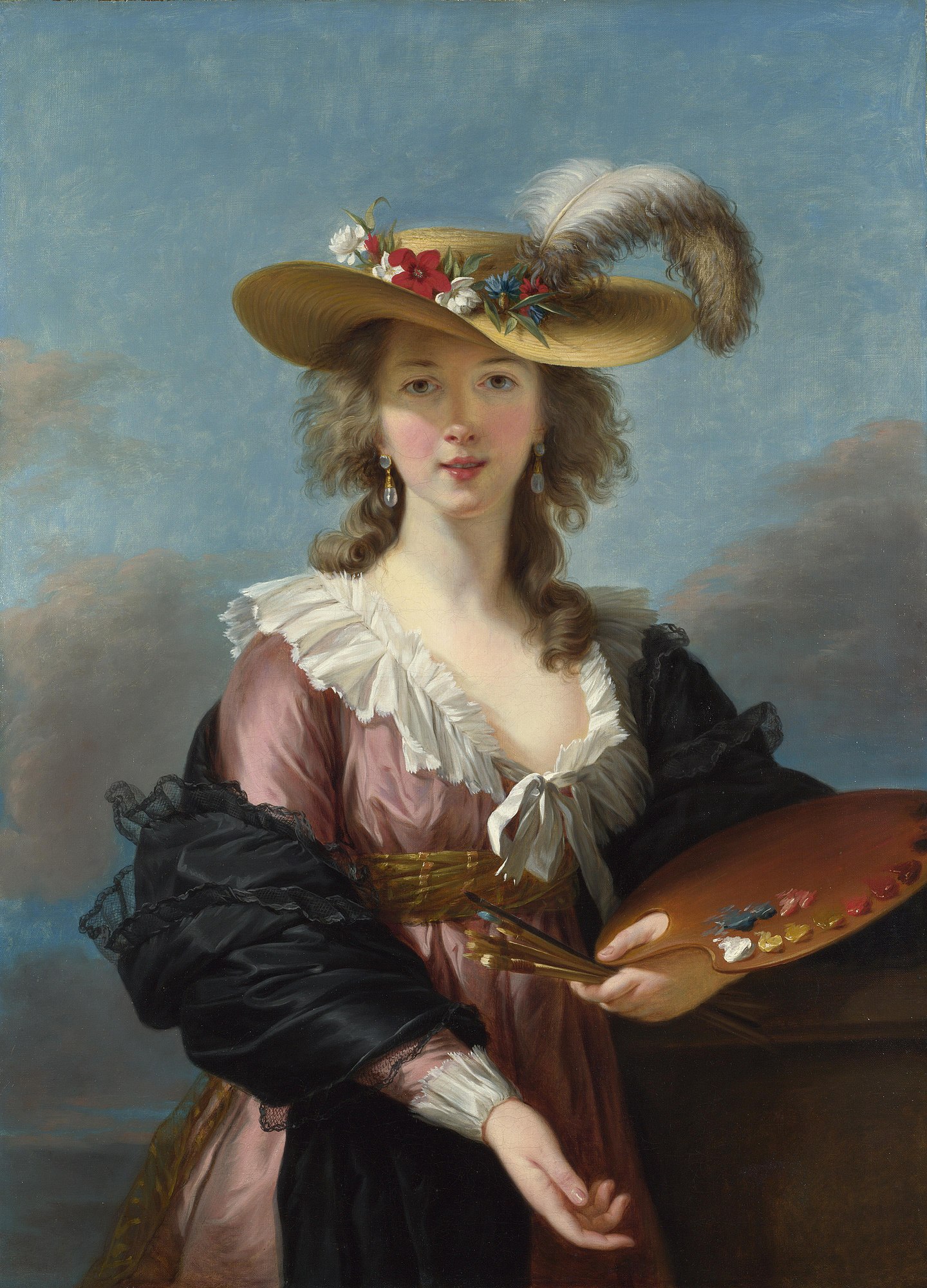
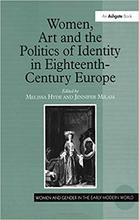
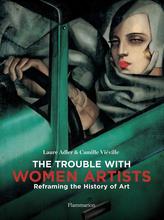
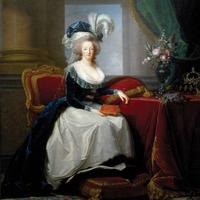
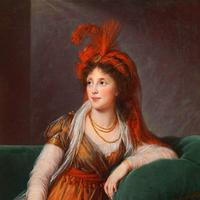
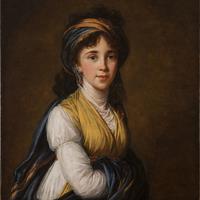
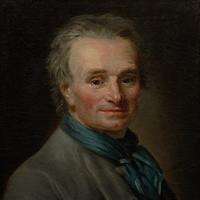
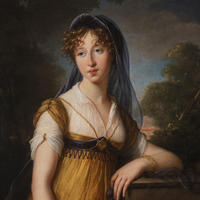









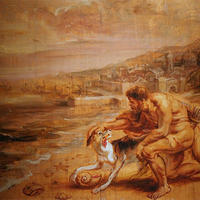

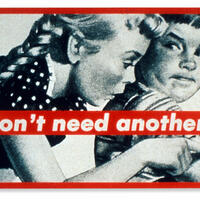
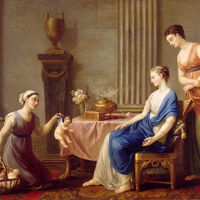
When looking at Elisabeth Vigee Le Brun's art, I could see some of the references and influence from the neoclassical time period. Especially in her art work of Prince Heinrich Lubomirski as the Genius of Fame. The resemblance is like that of cupid. A small like child with wings. Even though the two may not have much other than that in common, it's interesting to think right away that they would both resemble cupid. When I realized that in the neoclassical times they liked to draw figures like the gods and goddess of Greek/Rome. And sometimes would even take similar features of some to put on actual figures. By knowing this I was able to make connections and understand how the neoclassical ideals influenced artist of that time.